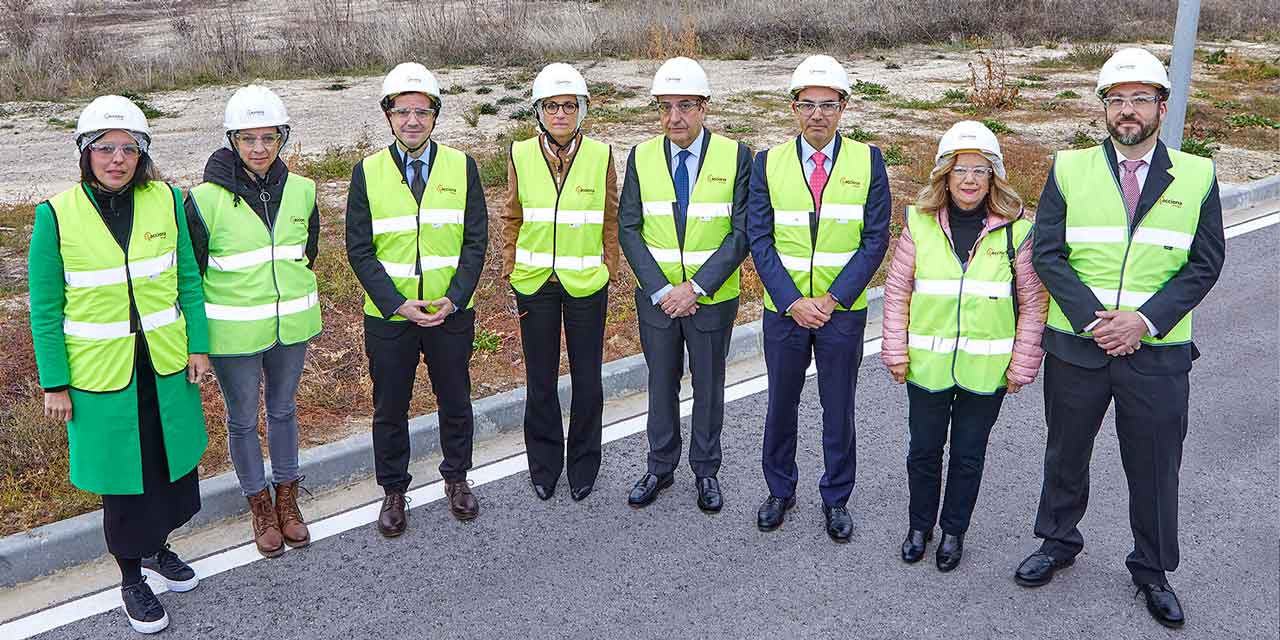Spain – The Navarra government has been presented with the Valle H2V Navarra joint project by ACCIONA Energia and Plug Power to build a sizable, ecologically friendly hydrogen production facility in Rocaforte, Sangüesa.
As part of the project, which is currently in the development stage, the 25MW electrolyzer will be constructed on the plots of land close to the Sangüesa biomass plant. The hybrid renewable energy produced by the newly built facilities, the solar plant (25 MW) and the wind farm (24 MW), which are both now under construction, will be used to power the electrolyzer.
The initiatives of ACCIONA Energia and Plug Power will result in the creation of about 500 direct, indirect, and induced jobs, with associated investments totaling €87 million.
Plant capacity
The facility will be able to create 3,880 tons of green hydrogen annually once it is finished. 90% of the green hydrogen produced is expected to be consumed by the region’s major energy-intensive industries, including paper, glass, steel, food, and automotive, in order to aid in their decarbonization and reduce CO2 emissions.
The project intends to develop the hydrogen plant to deliver twice the initial intended electrolysis capacity, depending on how demand evolves in the future (50MW).
Local interest
According to María Chivite, the president of Navarra, the regional administration will declare the Valle H2V Navarra project to be an investment of interest for the region. This will speed up its growth and processing.
The project unifies all of the crucial elements of the infrastructure for production, storage, and distribution of green hydrogen. When operational, it will be one of Europe’s largest hydrogen facilities.
The Navarra government will be able to achieve the objectives outlined in the Navarra Green Hydrogen Agenda, a development plan for a green hydrogen ecosystem, by producing green hydrogen by the end of 2024 thanks to the Valle H2V Navarra project. The agenda calls for the installation of between 10MW and 30MW of production by 2024 and 150MW by 2030 in the region.





